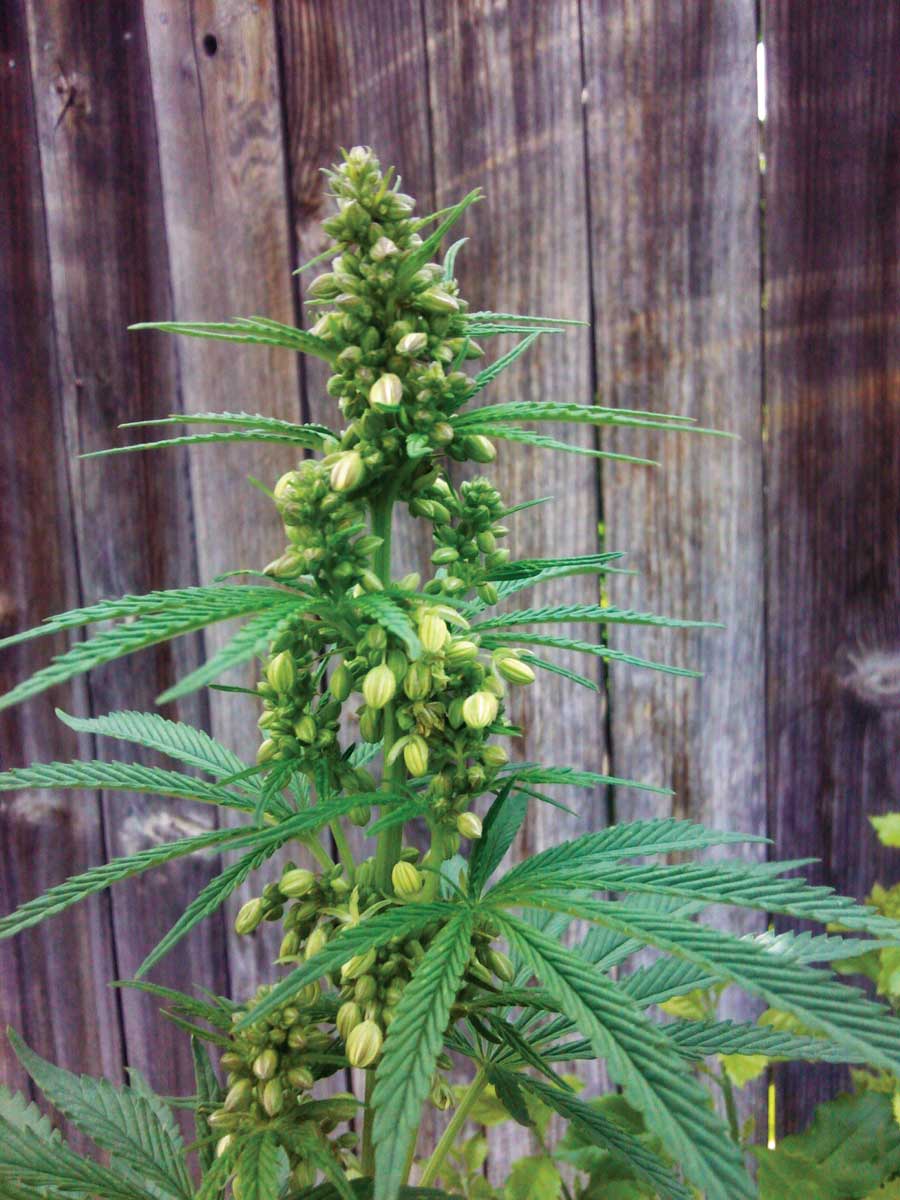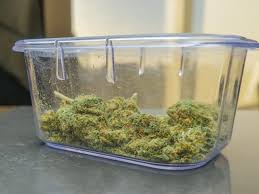Male Weed Plant, In the world of cannabis cultivation, the male weed plant plays a unique yet sometimes underappreciated role. Many growers focus heavily on female plants because they produce the coveted buds rich in cannabinoids like THC and CBD. However, male cannabis plants are essential for breeding and can affect the yield and quality of crops if left unchecked. In this article, we’ll explore the characteristics of male weed plants, their purpose, and how to identify and manage them in your garden.
1. Characteristics of Male Weed Plants
Male weed plants are distinct from female plants in both their appearance and function. Their primary role is to produce pollen sacs for reproduction, which fertilize female plants, leading to seed production. Here are some defining features of male cannabis plants:
- Pollen sacs: Male plants develop small, round sacs that cluster at the nodes (where the branches meet the stem). These sacs contain pollen used for fertilization.
- No buds: Unlike female plants, male weed plants do not produce flowers or cannabinoid-rich buds.
- Faster maturity: Males tend to mature earlier than females, typically showing their sex within 2-4 weeks of the flowering phase.
- Taller stature: Male plants often grow taller and have fewer leaves compared to females, with thinner branches.
2. The Role of Male Weed Plants in Cultivation
Although male weed plants don’t produce the psychoactive flowers many cannabis enthusiasts seek, they play a crucial role in cannabis breeding. Here’s why male plants are important:
- Breeding new strains: To develop new cannabis varieties, breeders rely on male plants to transfer their genetic traits (such as aroma, flavor, or pest resistance) to the next generation.
- Pollination for seed production: Without male plants, there would be no seeds for future cultivation. Some growers deliberately pollinate female plants to produce seeds for the following season.
- Genetic diversity: Males help maintain genetic variation within cannabis populations, which can lead to plants with better adaptability and improved traits.
3. How to Identify Male Weed Plants
Identifying male plants early in the growth cycle is critical, especially for growers looking to avoid unwanted pollination. If a male plant fertilizes a female, the resulting flowers will contain seeds, which reduces their potency and desirability for consumption. Below are steps to identify a male weed plant:
- Check early pre-flowers: During the pre-flowering phase (about 3-6 weeks after planting), carefully inspect the nodes. If you see small pollen sacs without any white hairs (pistils), the plant is male.
- Look for clusters of sacs: As male plants develop, their pollen sacs grow in clusters. This is a clear indication that it’s a male plant.
- Absence of pistils: Female plants display tiny white hairs (pistils) at the nodes, but male plants do not.
4. Managing Male Weed Plants
Whether to keep or remove male weed plants depends on your growing goals. If you’re cultivating cannabis strictly for buds, it’s essential to remove male plants to prevent pollination. However, if you’re breeding or producing seeds, male plants are valuable assets.
Here are some management tips:
- Separate male plants early: If you spot a male weed plant, remove it from the growing area to prevent accidental pollination.
- Controlled pollination: In breeding projects, keep male plants in a separate room to ensure precise pollination of selected females.
- Use for hemp or compost: While male plants contain minimal THC, they can still be used for hemp fiber production or composting.
5. Conclusion
The male weed plant is often overshadowed by its female counterpart, but it plays an essential role in cannabis cultivation. Whether used for breeding, seed production, or maintaining genetic diversity, male plants offer significant value to growers. However, it’s crucial to identify and manage them properly to avoid unwanted pollination. Understanding the differences between male and female weed plants will empower growers to make better decisions, ensuring healthy, high-quality crops.
By knowing how to identify male plants early and using them strategically, cannabis cultivators can optimize their yields and potentially create new, exciting strains for the future.
You Might Also Like These:



